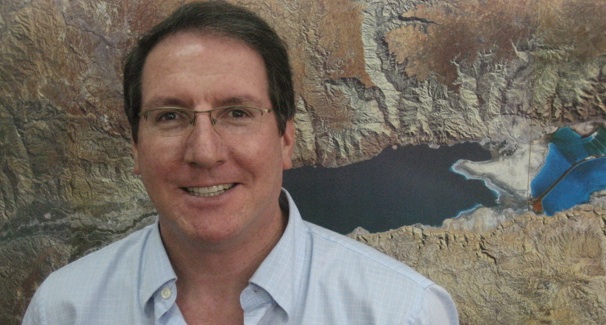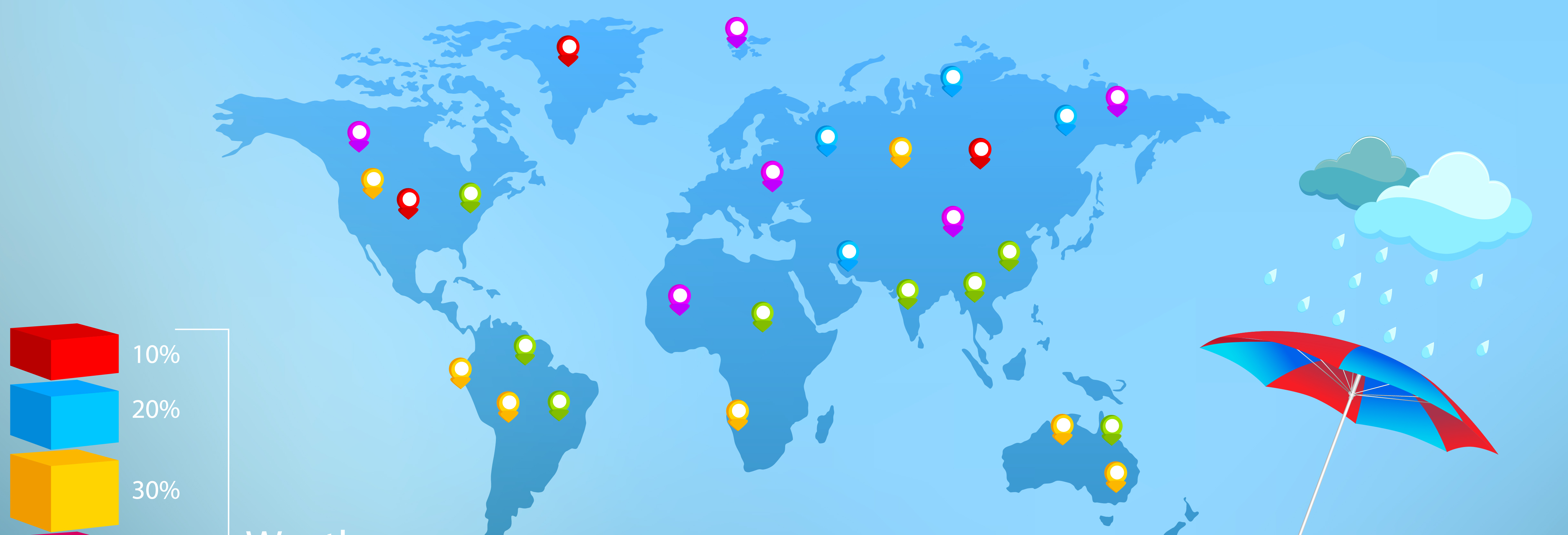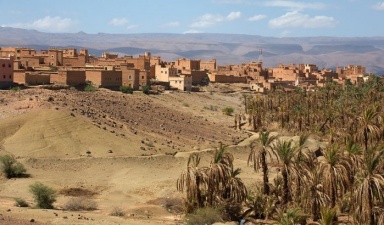The Doomsday Clock, which measures the likelihood of global catastrophe, last month ticked a minute closer to “midnight” — the apocalypse. The symbolic clock was set to 11:57 by a board of atomic scientists featuring 17 Nobel Laureates, who warned that the planet, beset by climate change and nuclear proliferation, faced extraordinary and undeniable threats to its continued existence. Let’s not forget that 2014 was the hottest year on planetary record.
New research by Prof. Colin Price from Tel Aviv University published in Environmental Research Letters will likely be crucial to measuring the impact of climate change on thunderstorms — one of the weather occurrences most problematic for human life on the planet. The varying frequency and intensity of thunderstorms have direct repercussions for the public, agriculture, and industry.
“To date, satellites have only provided snapshots of thunderstorm incidence,” said Prof. Price, whose new map of thunderstorms around the world is the first of its kind. “We want to use our algorithm to determine how climate change will affect the frequency and intensity of thunderstorms. According to climate change predictions, every one percent rise in global temperature will lead to a 10 percent increase in thunderstorm activity. This means that we could see 25 percent more lightning by the end of the century.”
Keeping track of lightning
To draft a global thunderstorm map, Prof. Price and TAU graduate student Keren Mezuman used a vast global lightning network of 70 weather stations capable of detecting radio waves produced by lightning — the main feature of a thunderstorm — from thousands of miles away. The World Wide Lightning Location Network (http://wwlln.net) is run by atmospheric scientists at universities and research institutes around the world. The TAU team harnessed this ground-based system to cluster individual lightning flashes into “thunderstorm cells.”
Every hour the exact GPS time of every detected lightning pulse was registered. Prof. Price and his colleagues then calculated the difference in arrival times of signals, using data from four to five different stations to locate individual lightning strokes anywhere on the globe. Finally, the researchers grouped the detected flashes into clusters of thunderstorm cells.
The WWLLN station in Israel has the ability to detect lightning as far away as central Africa.
Climate change and thunderstorms
“When we clustered the lighting strikes into storm cells, we found that there were around 1,000 thunderstorms active at any time somewhere on the globe,” said Prof. Price.
The researchers, pooling seven years of data analysis, found that every day lightning activity on earth peaked at 1900 GMT, with low activity at 0300 GMT every day. While previous studies had estimated that 90 percent of lightning flashes occurred over land areas, the TAU team found that only 50 percent of the thunderstorms cells existed over land areas, implying that land storms have much more lightning than ocean storms.
“How lightning will be distributed in storms, and how the number and intensity of storms will change in the future, are questions we are working on answering,” Prof. Price said.
Weather map photo from Shutterstock





